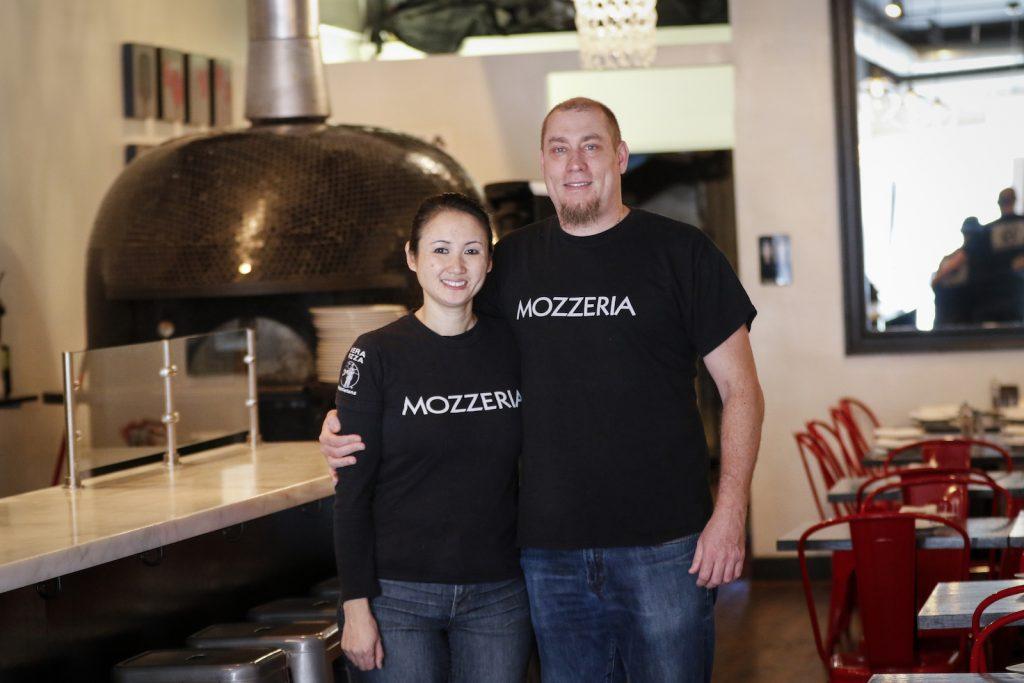At The Winters Group, the goal of all our sessions and for all the organizations we work with is that employees feel comfortable and empowered bringing their full selves to work. That’s part of the social justice piece of the equation; that’s the piece that unlocks the doors to equity and equal representation. Especially during such polarizing times, we know this is not an easy goal to reach, but we hope that giving people the skills to have conversations across difference and fostering their self-understanding are valuable and rewarding steps on that journey. However, a few weeks ago, someone asked a question during a session that made me doubt momentarily.
After the session was over and the message of bringing your full self was loudly and clearly communicated, a man asked, “What happens when someone brings their full self to work, and it’s not good?” Meaning, what happens if we encourage this and then someone comes to work as their “full self” and says and does offensive things because “that’s just who they are.”
My mind immediately jumped to the ideals of D&I work: someone’s full self being offensive is not possible because if someone has done the work, they will know that bringing one’s full self also requires being respectful and sometimes adapting behaviors to create an inclusive environment. But we also know that this work is developmental, and as has been mentioned in the previous posts in this series, we have to meet people where they are. And ultimately, this work is about humans, and humans are unpredictable, vastly diverse in thought and in culture, and at this time in history, largely polarized.
So, it is entirely possible that someone could bring what they understand to be their “full self” to work and say or do something inappropriate or offensive. So, what do we do about it? What would you have done if James Damore had written his “manifesto” at your company under the guise of “freedom of expression” or “being himself”? What if you worked with someone whose interpretation of respect is “telling it like it is”, but their truth is different from your truth? The list of possible scenarios gone wrong is long, but I want to provide you with a short list of answers or responses that could help us on our journey to bridging these worlds of D&I and social justice in a way that makes us brave as well as aware of others and structures around us.
- Depoliticize: As Brittany Harris wrote in last week’s post in this series, leaning into what an organization stands for depoliticizes social justice. In the same way, leaning into one’s own story depoliticizes people and relationships. We are all constantly connected, if we want to be, to political discourse through social media or cable news or podcasts. We all have opinions about what’s going on in the world, even if that opinion is that it shouldn’t be brought into work or that it doesn’t matter. But even though politics are a part of our daily lives, we have to learn how to depoliticize our relationships. We have to learn how to tell our stories, not our views. I’m not saying we hide from what we believe or that we should marginalize our activism or advocacy; however, bringing our full selves to work means sharing our stories and what’s behind our motivations and our beliefs – not preaching. It means saying, “This is my experience,” rather than, “This is how you should experience the world” or assuming that your experience is everyone’s. It’s saying, “I am a person first, and perhaps I am a person who cares about justice and equity. This is why, and this is what that means to me.”
- Establish common language or workplace norms: Sometimes, we have to give people parameters. You can be your full self, but within reason. If your understanding of yourself includes derogatory language or disparaging attitudes or disrespectful behaviors – definitions of which are laid out in your workplace norms – then there are limits to inclusion in order to preserve equity and safety. Workplace norms, common language, and policies give people a way to understand the common values and important behavioral interpretations of your organization. They allow leaders to say, “Bring all of yourself, and reflect on the parts of yourself that, according to our norms, may not be acceptable here.”
- Differentiate between your full self and all of yourself: Boundaries are key. Bringing your full self to work does not mean that every part of you is laid out for all to see. It means that organizations respect and are inclusive of their diverse, multifaceted employees, but boundaries are still important. There may be times when it’s appropriate and encouraged to share more openly. For example, we have check-ins built into our work meetings so that people have time to share what’s on their hearts and minds, recognizing that it affects and infiltrates our work. Still, that’s not really the time for me to share all my thoughts and feelings about the most recent political scandal, expecting everyone to listen and agree. Those conversations require more forethought and planning, and having solid boundaries can prevent us from oversharing at inappropriate moments. Your full self is inclusive of those boundaries.
So, what happens when someone brings their full self to work and it’s not good? Encourage them to share their story, not their views. Remind them of your organization’s norms and values, and ask them to reflect on ways they may not be abiding by those. Revisit and redefine boundaries where necessary. D&I and social justice intersect where we employ the skills we’ve learned to create environments in which people can be their full selves while not threatening anyone else’s right to the same. Bringing your full self, in fact, is not just about you. It’s about you and the relationships and structures around you. We’ll all mess up and say or do the wrong thing, but we have to remain aware of the way that our “full selves” interact with the full selves and lives of others. Inclusion cannot come at the expense of another’s ability to live out their full humanity. Recognizing that truth and living by it is the real goal.



















